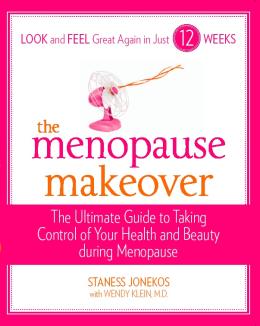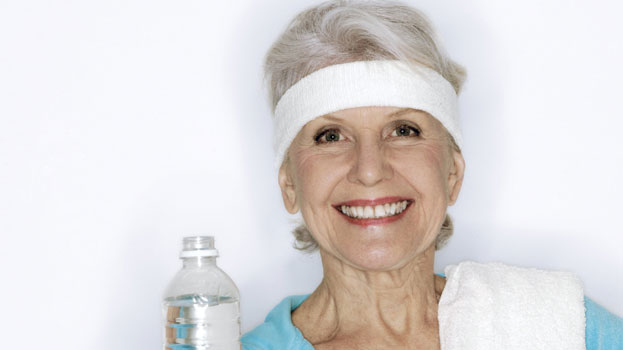business & finance club - usa : Among other things, regular exercise helps increase joint movement, strengthen bones and reduce the risk of chronic illness.Worryingly, however, recent research shows that half of this age group isn't getting the minimum recommended amount of 30 minutes of exercise on most, preferably all days of the week.
VIEW GALLERY: Keep your bones strong and healthy
Common misconceptions among older Australians are that they don't need as much physical activity as younger people, they're too frail or weak to exercise and may injure themselves, or only vigorous activity is of any use.
Physical activity benefits
According to the federal government's Department of Health and Ageing, physical activity helps to manage pain, maintain and increase joint movement and prevent falls and injury. It also helps to control:
weight and reduce body fat;
blood pressure;
cholesterol;
diabetes; and
bone and joint problems.
Regular exercise also helps to reduce the risk of:
heart disease;
stroke; and
some cancers.
Which exercise?
A study published in the Cochrane Library, researchers reviewed 21 trials involving 6700 older participants. They found that progressive resistance training (a type of exercise where participants exercise their muscles against some type of resistance that is progressively increased), improved their strength and performance of activities such as walking, climbing the steps and getting up from the chair. The exercises also helped to reduce pain in those suffering from osteoarthritis.
Clinton Hill, manager of Fitness First Bond Street in Sydney and human biomechanics expert, says weight-bearing exercises are very important for those more than 50 years of age to improve bone density and decrease the risk of osteoporosis.
Bone density begins to break down at the age of 40, but accelerates after the age of 50. As a result of this bone loss, older individuals are more prone to fractures and breakages.
"Bones are actually like honeycomb," Hill says. "When we start weight training, the body has to pump more blood through the honeycomb of the bone structure so what eventually occurs, is because you are getting increased blood flow, it actually strengthens that structure."
For the over-50s, Hill recommends exercises that they train with resistance two to three times a week using their own bodyweight. "Squats and lunges; any pushing motions such as push-up or a bench press; and any of the pulling motions, such as an assisted-weight chin-up or a lat pull down," Hill recommends.
An active lifestyle
While the recommended 30 minutes a day may sound like a lot for a new exerciser, Hill says it can be broken up into smaller increments and spread across the day. "People's incidental exercise is one of the big things we're trying to push on," he says. Hill suggests activities such as walking the dog, gardening and playing with the grandkids all contribute to that recommended amount.
Before starting an exercise program the Department of Health and Ageing recommends seeing your doctor, physiotherapist or local fitness centre to find out which form of exercise is best for you, particularly if you are suffering from chronic illness.
Many health problems, such as arthritis, osteoporosis and foot problems can actually be improved by physical activity.












